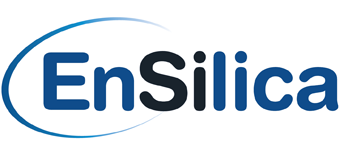eSi-Crypto
EnSilica provide a comprehensive range of encryption and authentication IP for ASIC and FPGA targets with low resource usage and high throughput.
An essential part of any cryptographic solution is a high quality True Random Number Generator (TRNG). The TRNG is fully compliant to NIST 800-22 and is only supplied as a hard macro in the target technology.
All feature configuration options to achieve the optimum balance of resource usage with throughput. The Cryptographic IP cores are available stand-alone or as AMBA APB/AHB or AXI bus interfaces. The algorithms include:
- CRYSTALS Kyber
- CRYSTALS Dilithium
- ECC / ECDSA
- RSA
- AES
- SHA1/SHA2/SHA3
- ChaCha20
- Poly1305
- TDES/DES
- SNOW3G

